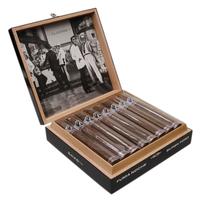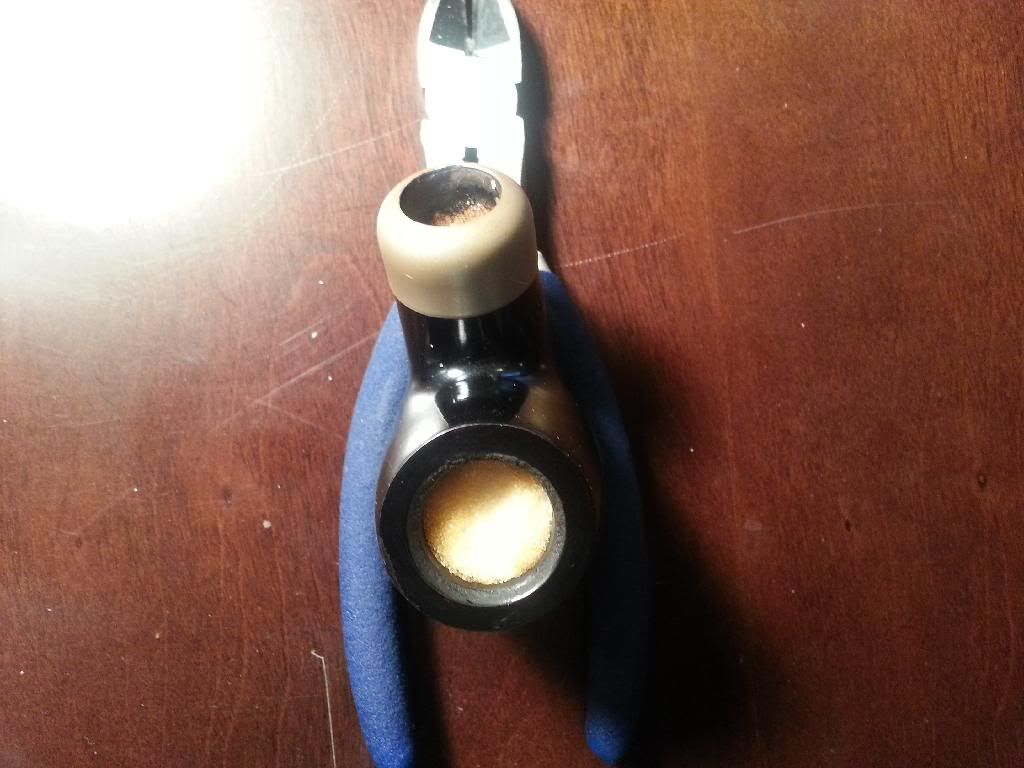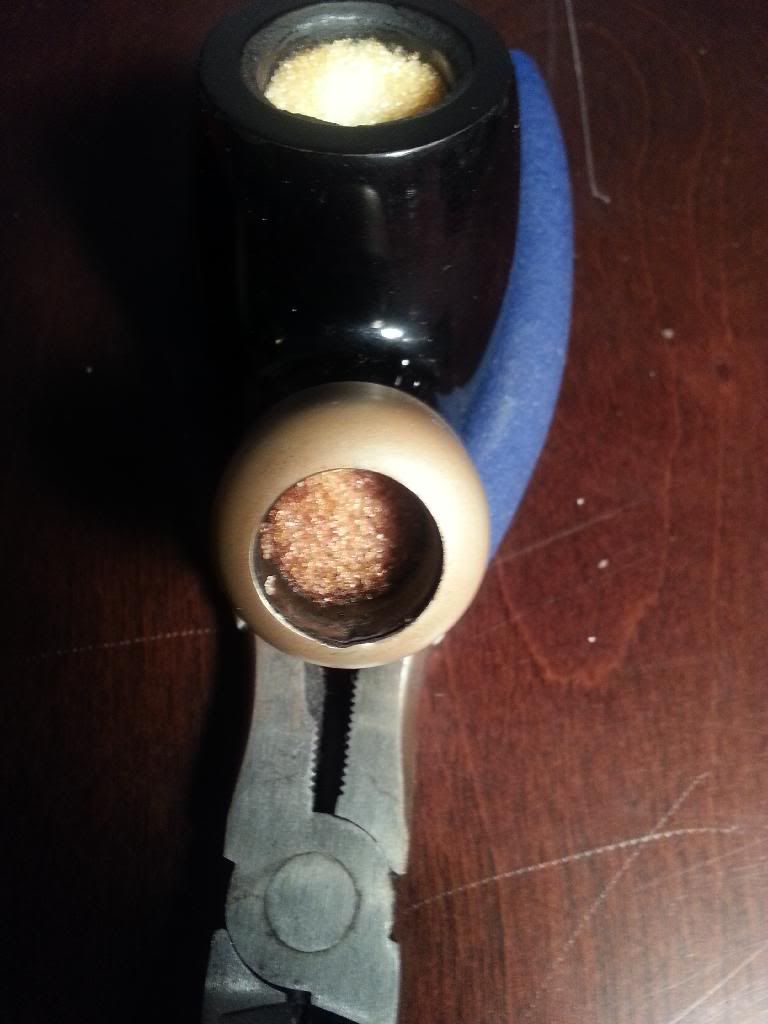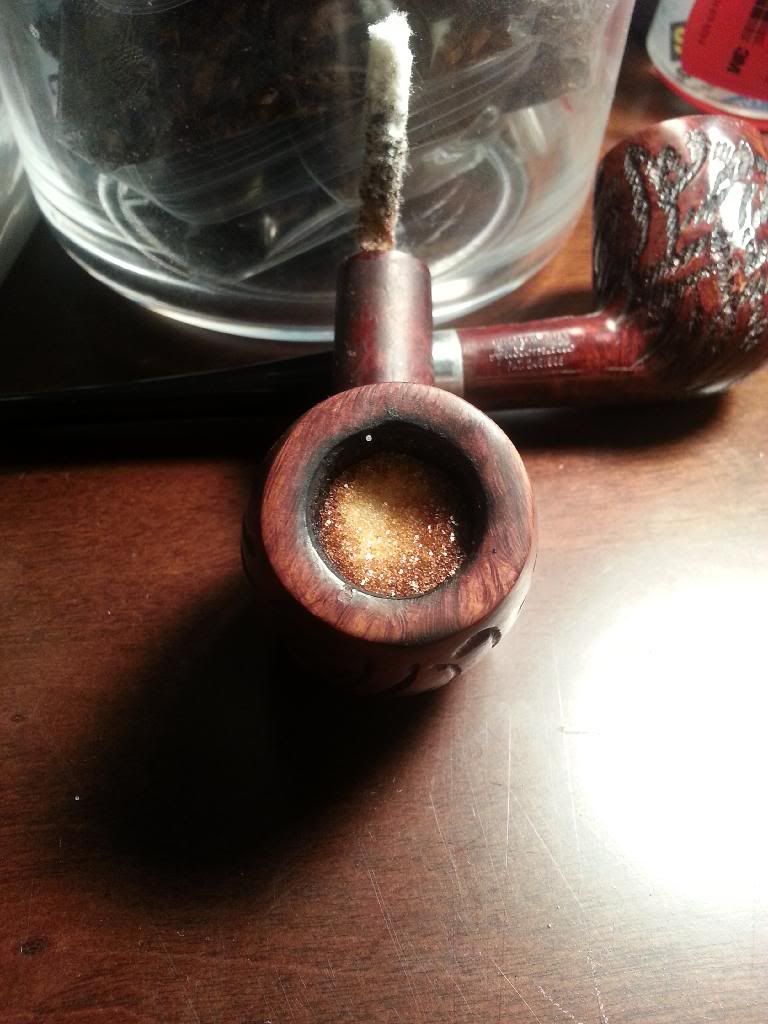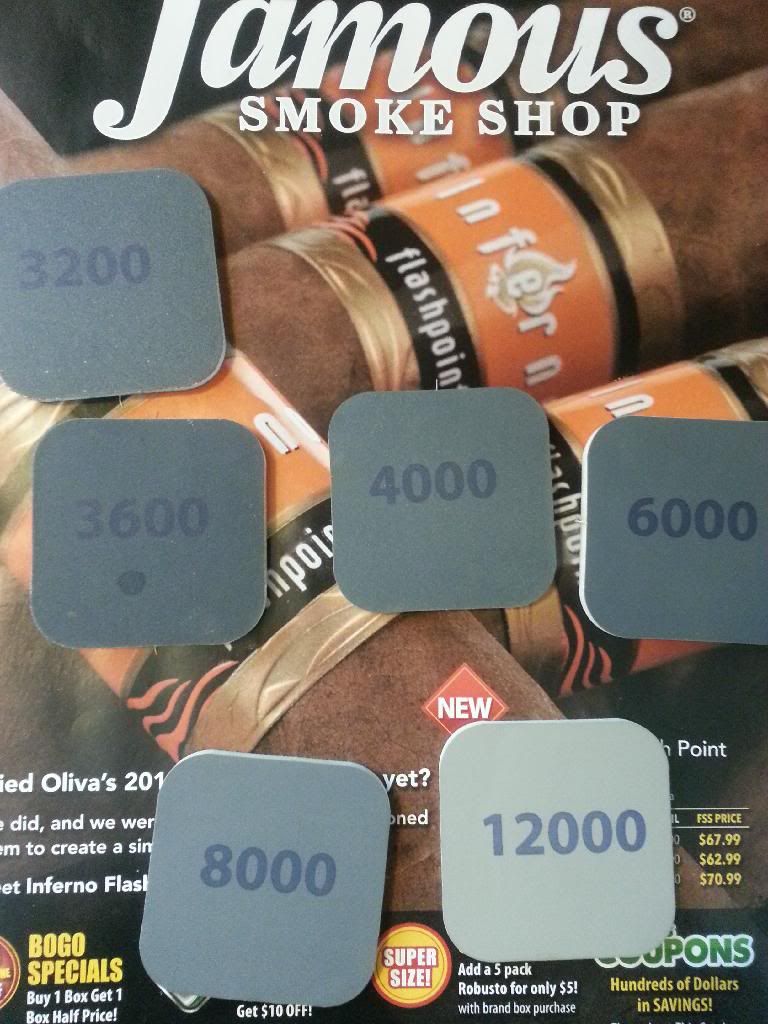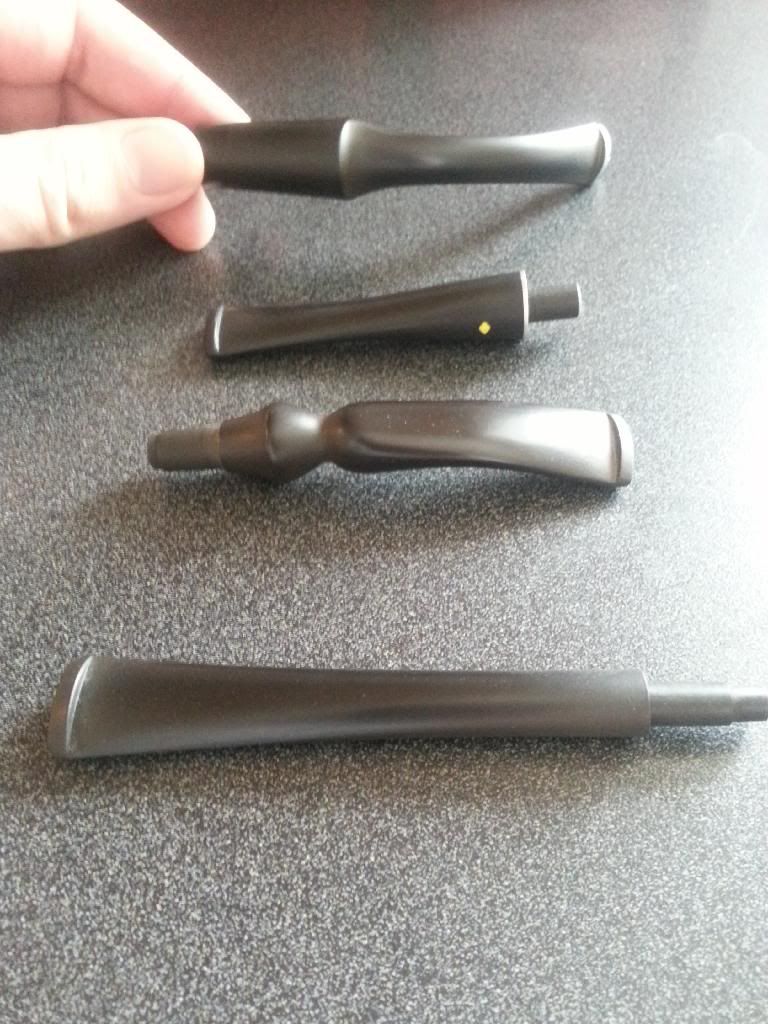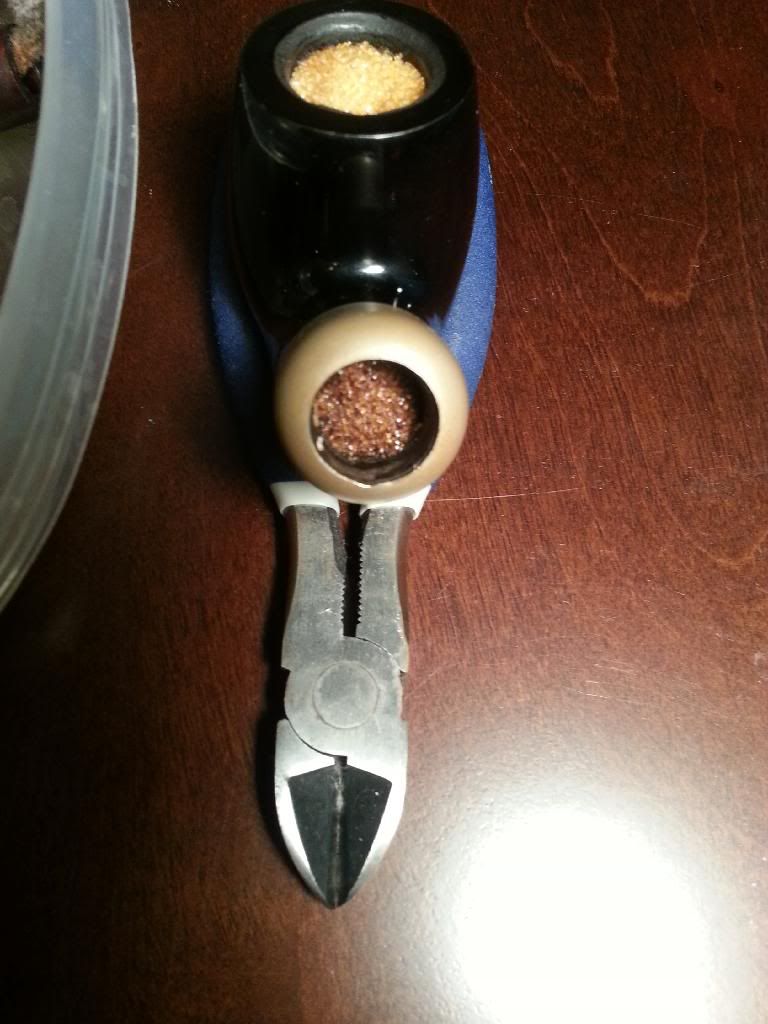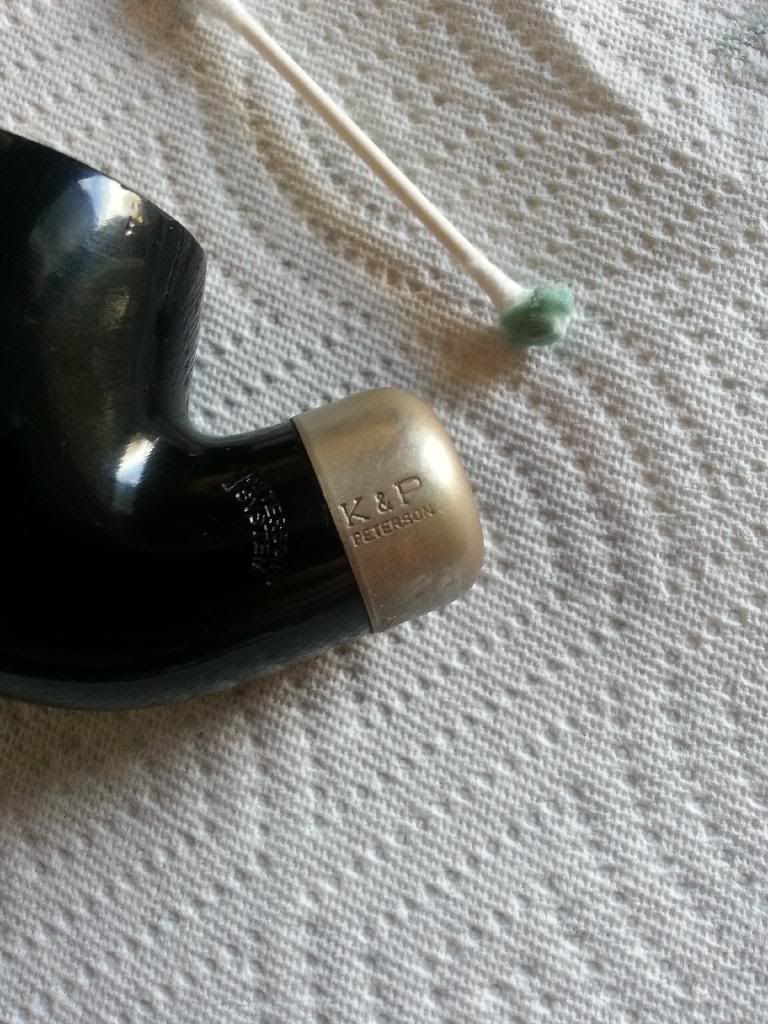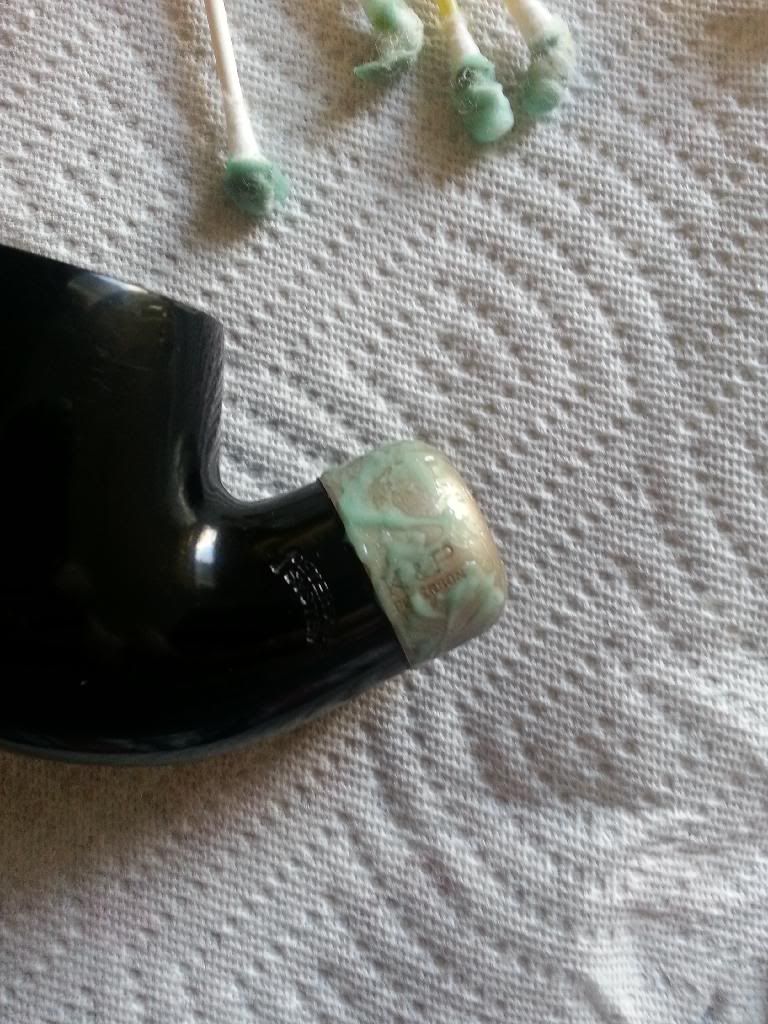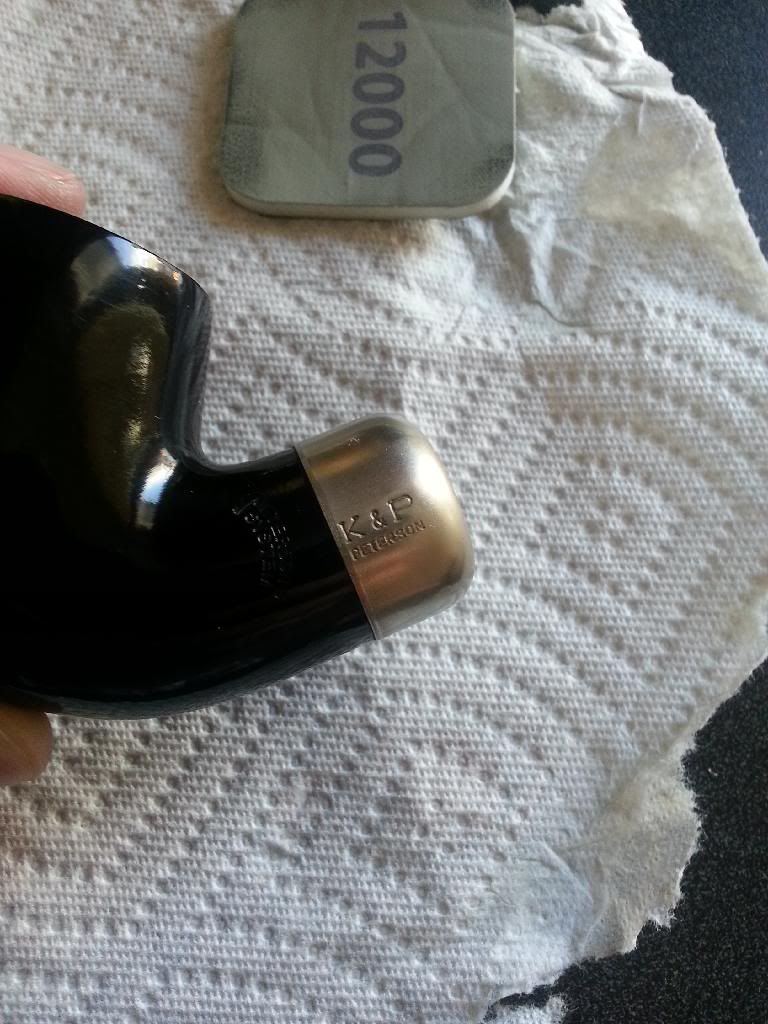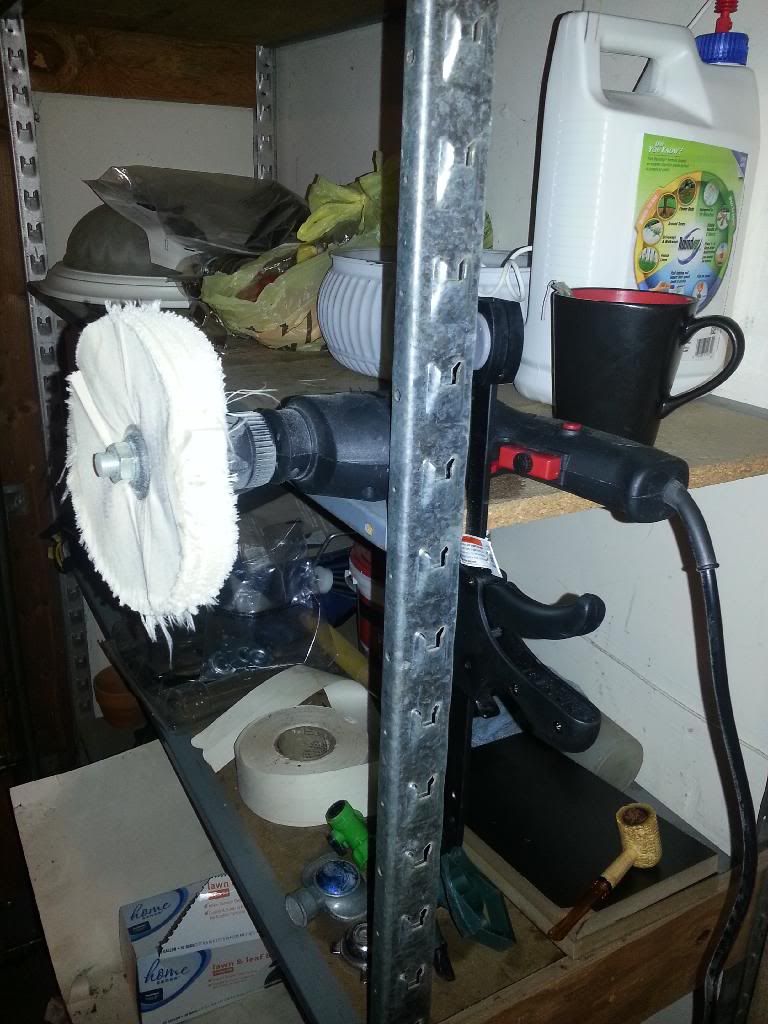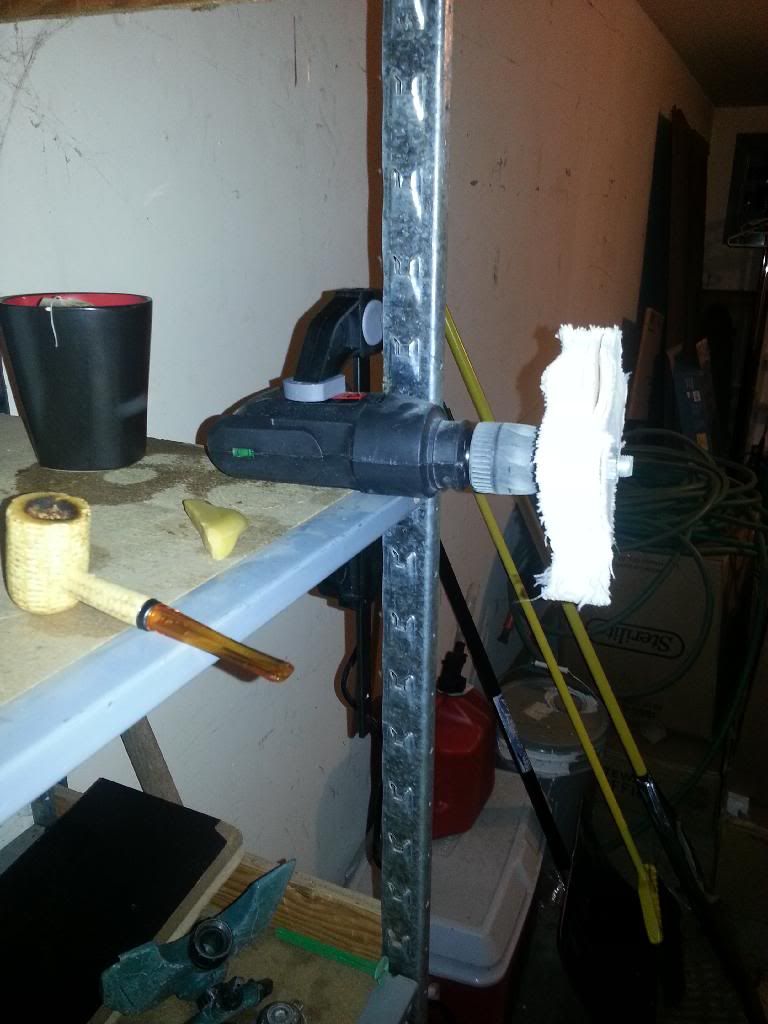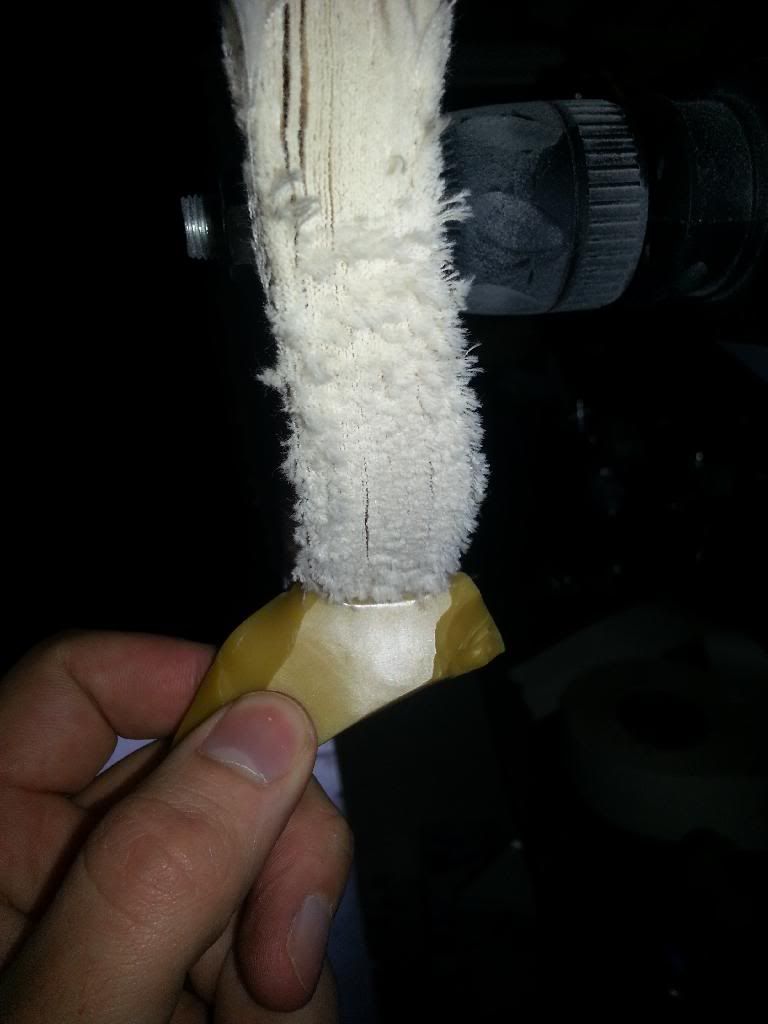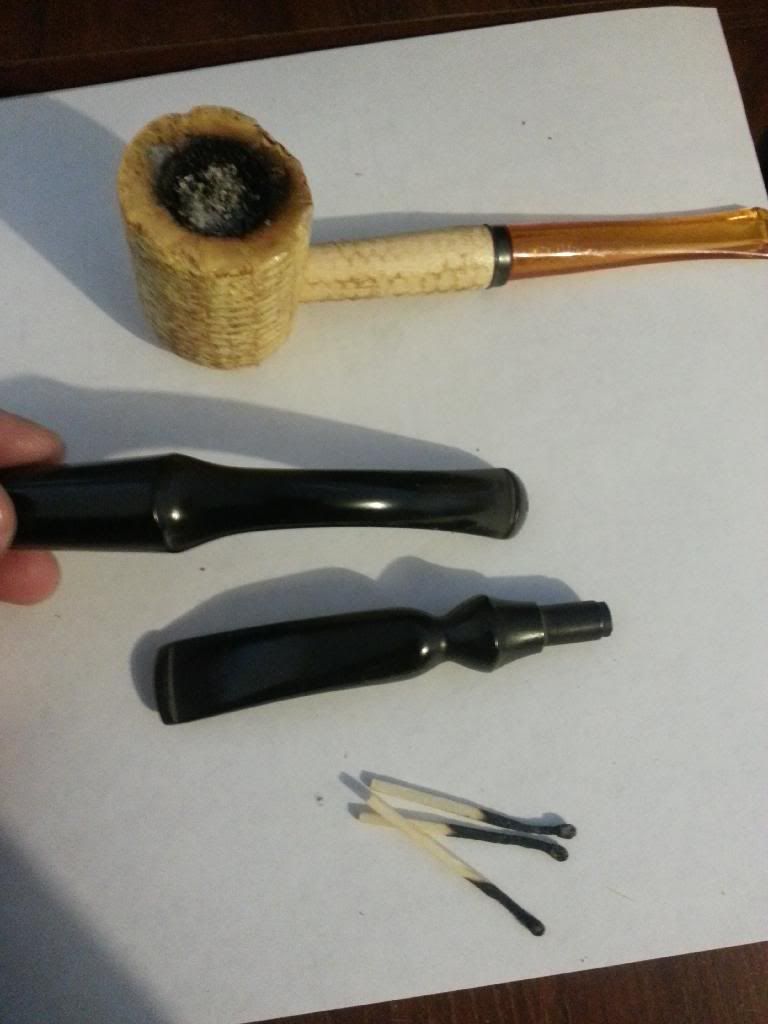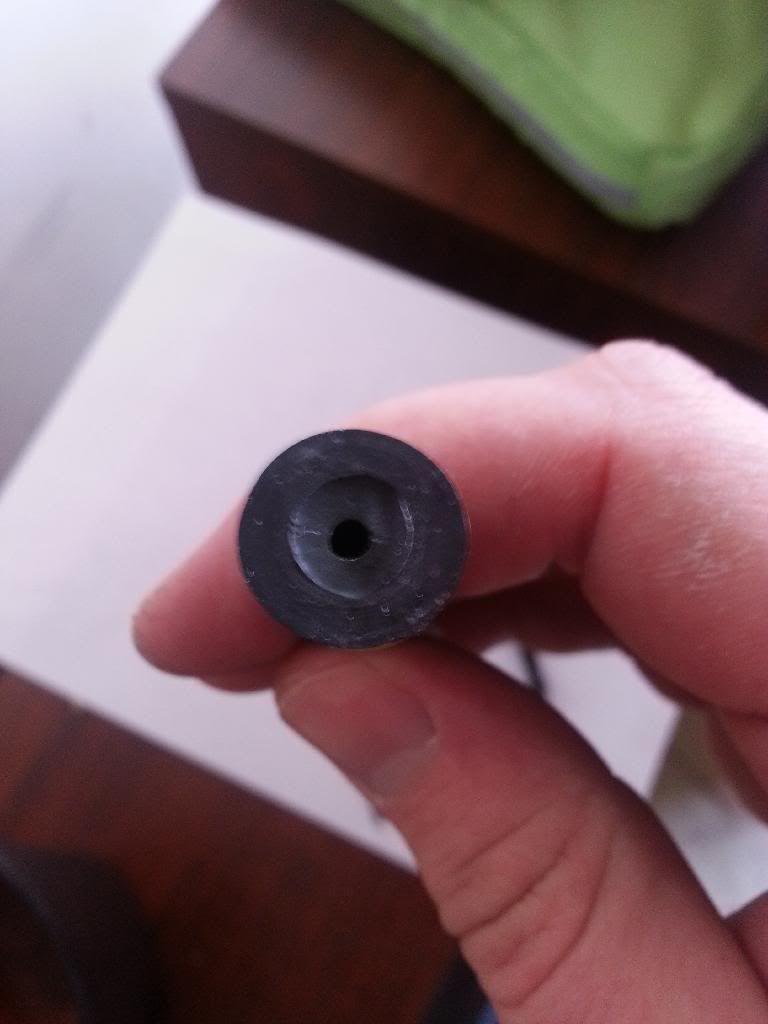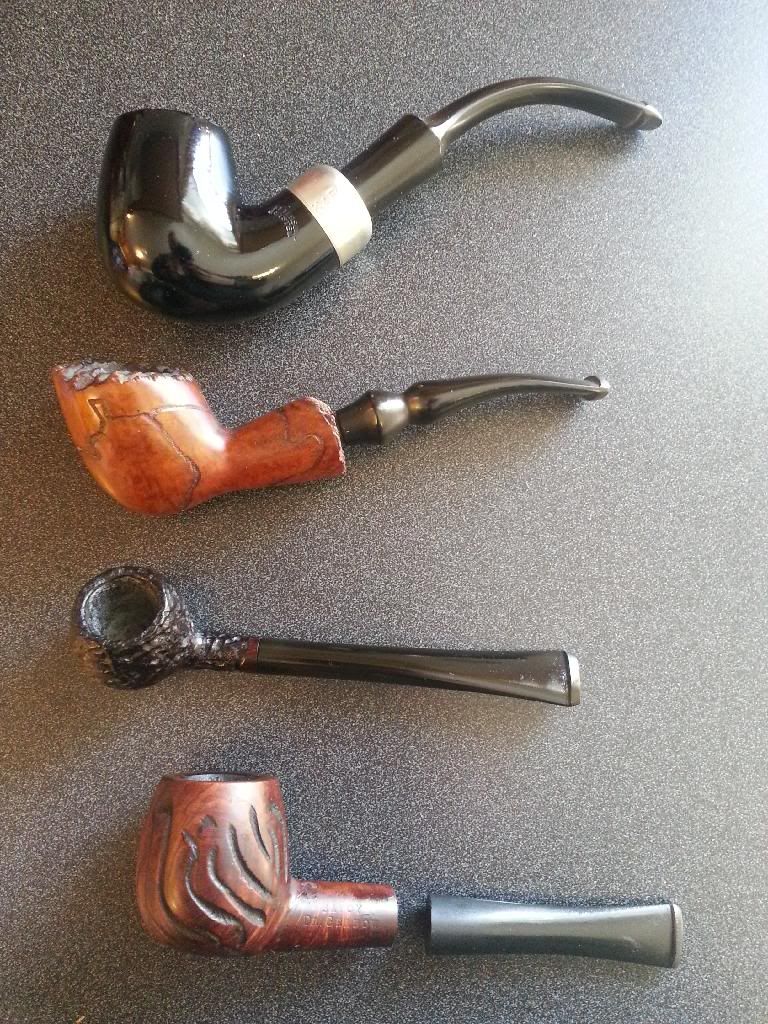So here we go, a little thread that shows the process that I go through when restoring a fresh batch of Estates. I will update this thread in segments depending on how much I get done each day. Any questions or comments please ask.
Day 1
Here they are, farm fresh from Ebay! I really scored on these puppies!
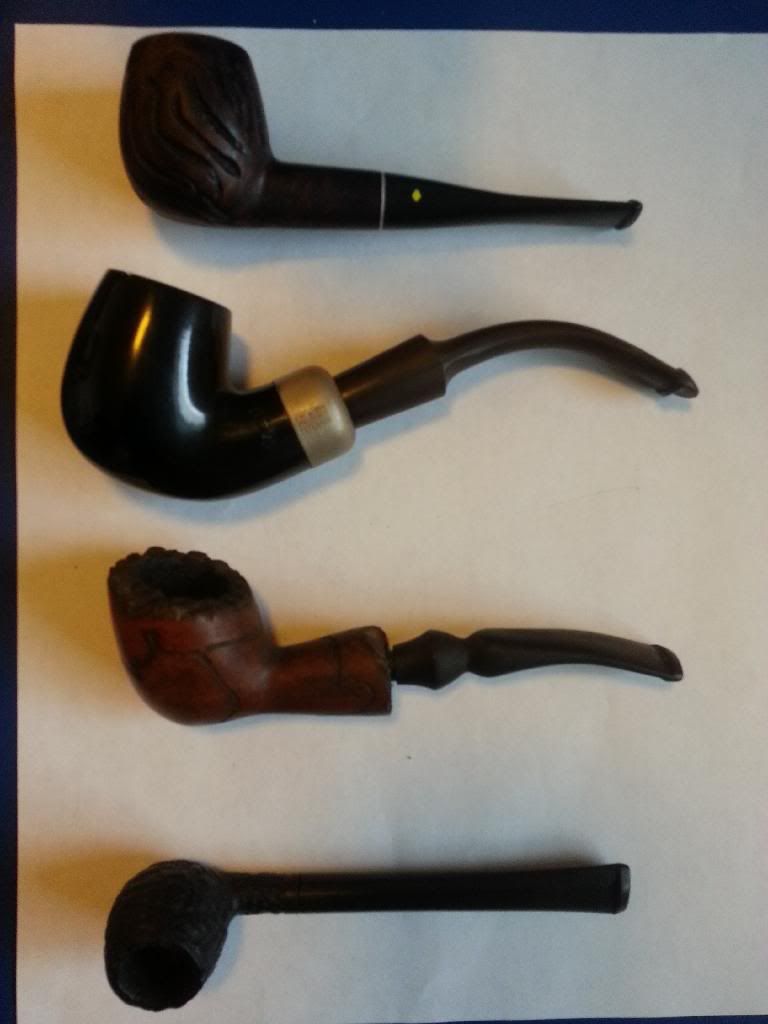
The first thing I do is give them an overall check, look for dings, dents, and overall condition. Give them a whiff to see if they need a S/A treatment all that. Next I separate out all the stems, and start cleaning them out with bristled pipe cleaners and 91% Isoproypl Alcohol. After I scrub around 2 or 3 alcohol soaked bristled pipe cleaners in the stems, I use some extra fluffly pipe cleaners and see how they look when I pull them out. I rinse and repeat this process until when I pull out the pipe cleaner they come out white and as clean as they went in. You will go through a ton of pipe cleaners...These pipes were advertised as "cleaned and ready to smoke" and this is how many cleaning supplies I went through...
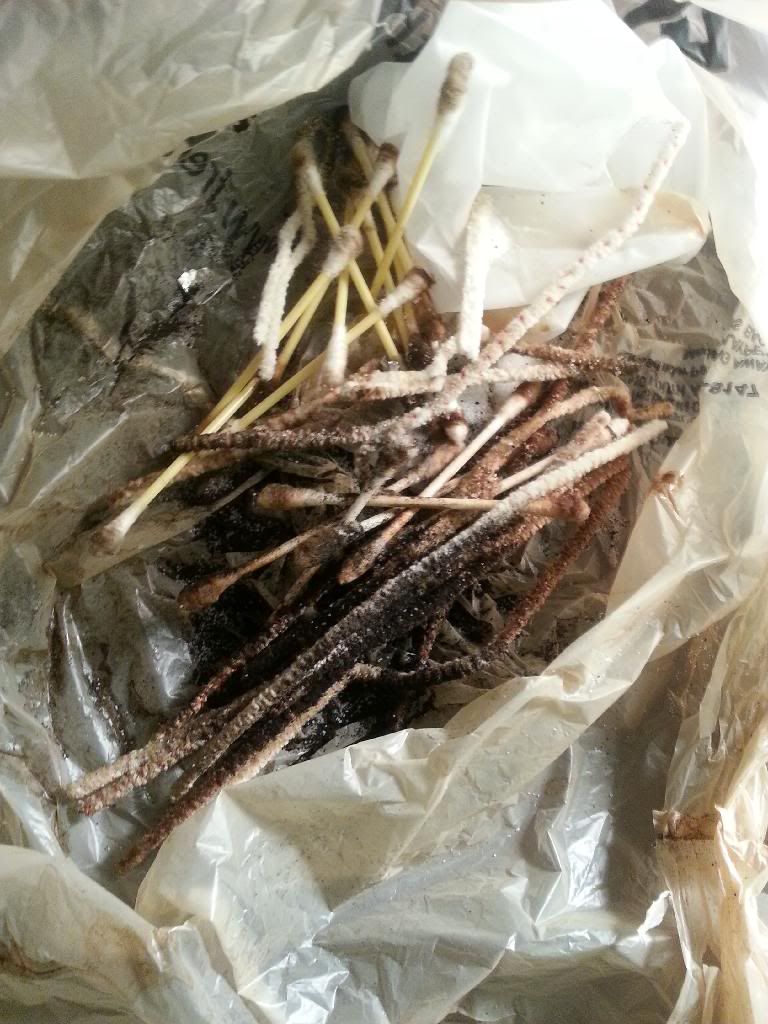
After some cleaning, I pop the stems in a bowl full of warm water and half a scoop of Oxi-Clean powder. Depending on how bad they oxidation is on the stems decides how long I let them soak. This batch was a little over a hour. I could tell that the Peterson stem was pretty bad and so was the Mastersen.
Before Oxi Bath:
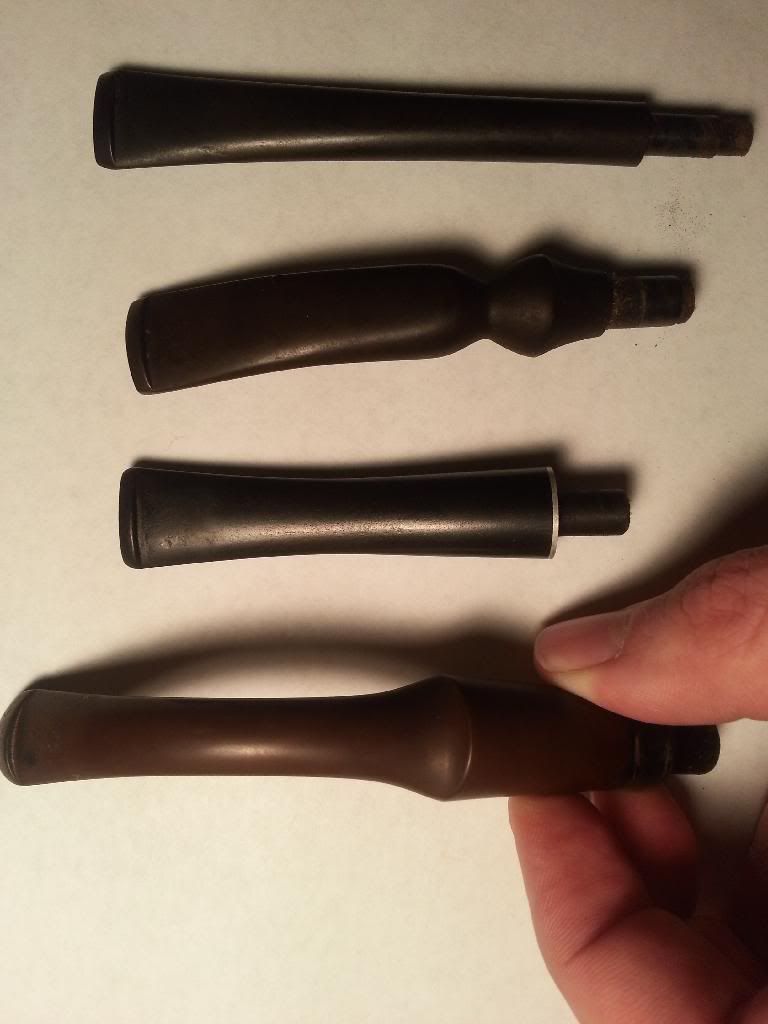
After Bath:

Notice how atrocious the Peterson stem came out:
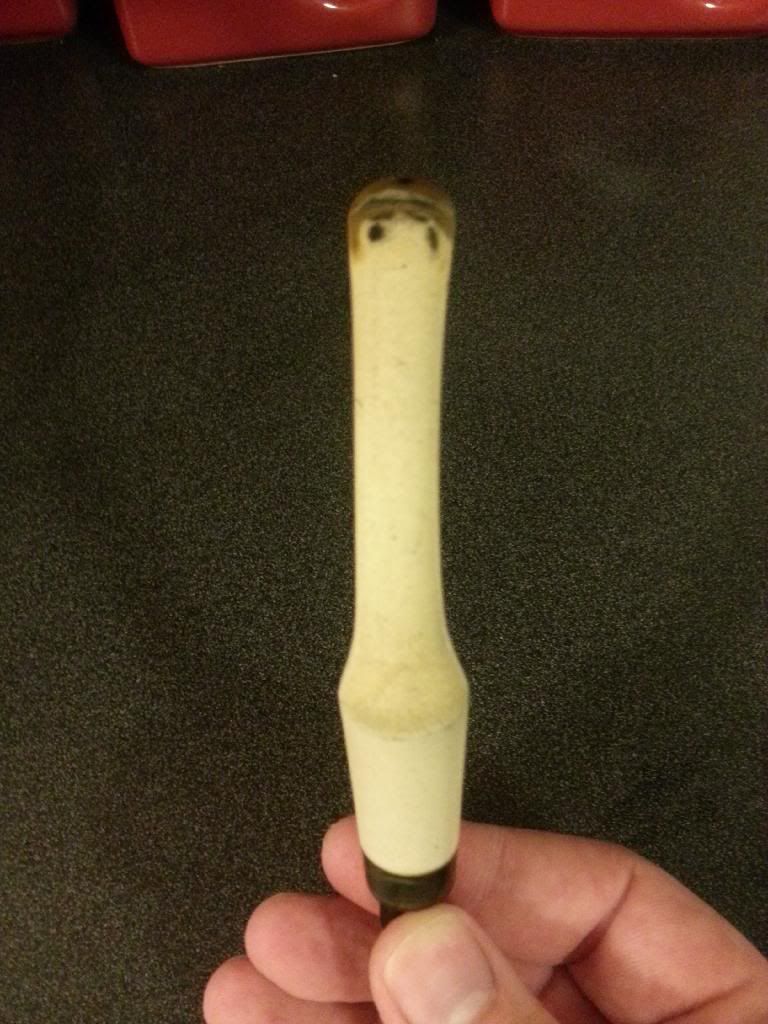
So from here, I take a Mr. Clean magic eraser and start scrubbing! It took about 30 minutes to get all the white oxidation off of all the pipe stems. I'm going to let them rest for the night now, and I'll hit them with some finish sanding tomorrow to make them super shiny black like they were meant to be.
Here the stems are after a bit of Magic Eraser scrubbing:
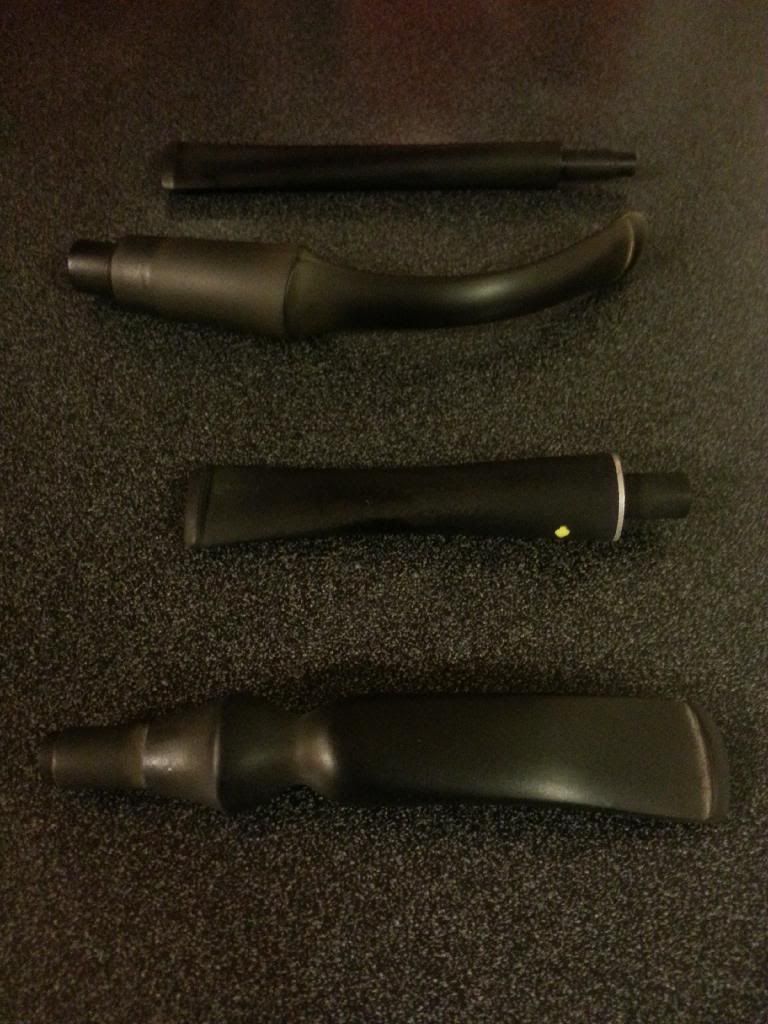
Next I work on the pipe bowls. I ream the bowl out with an old pocket knife and clean up the tar build up around the bowl rim. The easiest way to clean up that black tar mess on the rim? I use spit and a terry cloth. Yep. I spit on the cloth and buff. And it works great.
Peterson before ream and rim being cleaned with saliva:
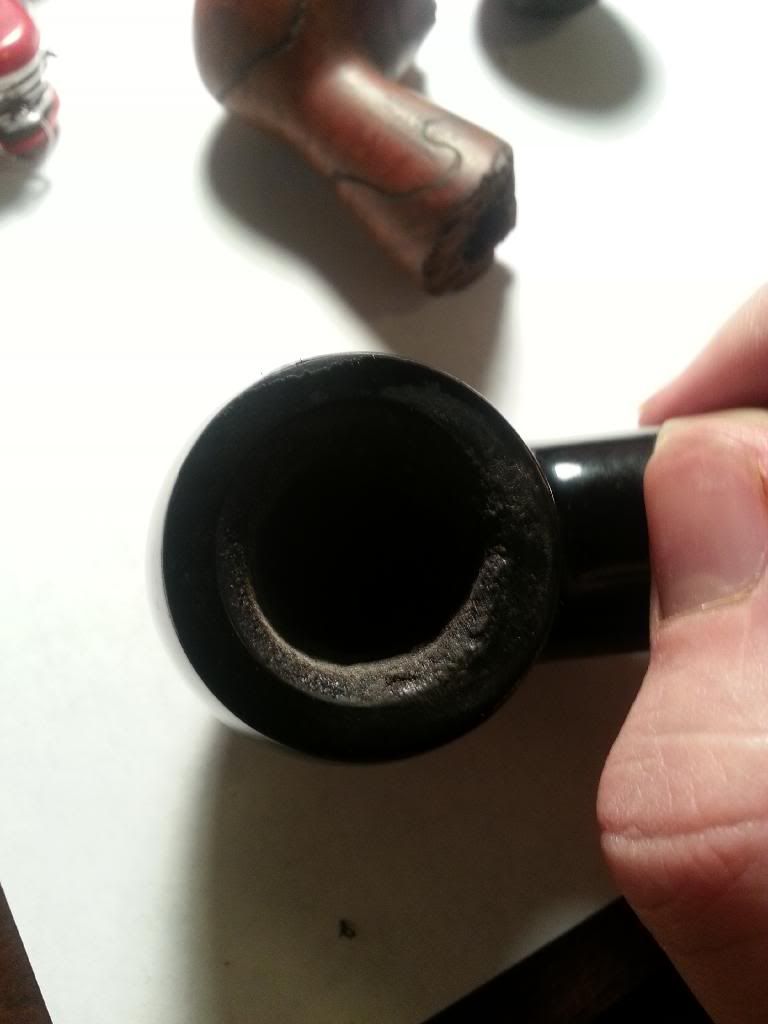
Peterson after ream and spit bath:
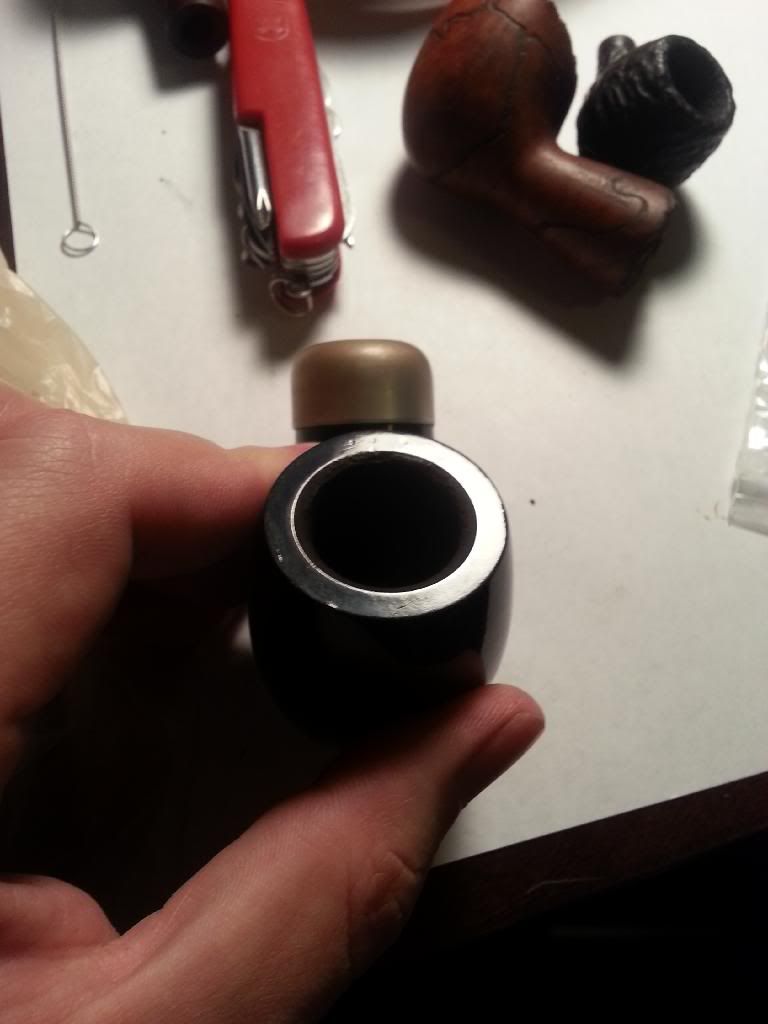
So from here, I basically started to scrub the mortises out of the bowls with q-tips and got the bowls ready for Salt and Alcohol treatments...which I will go over tomorrow because I am all restored out for today! In the mean time, keep puffin!
Day 1
Here they are, farm fresh from Ebay! I really scored on these puppies!

The first thing I do is give them an overall check, look for dings, dents, and overall condition. Give them a whiff to see if they need a S/A treatment all that. Next I separate out all the stems, and start cleaning them out with bristled pipe cleaners and 91% Isoproypl Alcohol. After I scrub around 2 or 3 alcohol soaked bristled pipe cleaners in the stems, I use some extra fluffly pipe cleaners and see how they look when I pull them out. I rinse and repeat this process until when I pull out the pipe cleaner they come out white and as clean as they went in. You will go through a ton of pipe cleaners...These pipes were advertised as "cleaned and ready to smoke" and this is how many cleaning supplies I went through...

After some cleaning, I pop the stems in a bowl full of warm water and half a scoop of Oxi-Clean powder. Depending on how bad they oxidation is on the stems decides how long I let them soak. This batch was a little over a hour. I could tell that the Peterson stem was pretty bad and so was the Mastersen.
Before Oxi Bath:

After Bath:

Notice how atrocious the Peterson stem came out:

So from here, I take a Mr. Clean magic eraser and start scrubbing! It took about 30 minutes to get all the white oxidation off of all the pipe stems. I'm going to let them rest for the night now, and I'll hit them with some finish sanding tomorrow to make them super shiny black like they were meant to be.
Here the stems are after a bit of Magic Eraser scrubbing:

Next I work on the pipe bowls. I ream the bowl out with an old pocket knife and clean up the tar build up around the bowl rim. The easiest way to clean up that black tar mess on the rim? I use spit and a terry cloth. Yep. I spit on the cloth and buff. And it works great.
Peterson before ream and rim being cleaned with saliva:

Peterson after ream and spit bath:

So from here, I basically started to scrub the mortises out of the bowls with q-tips and got the bowls ready for Salt and Alcohol treatments...which I will go over tomorrow because I am all restored out for today! In the mean time, keep puffin!



